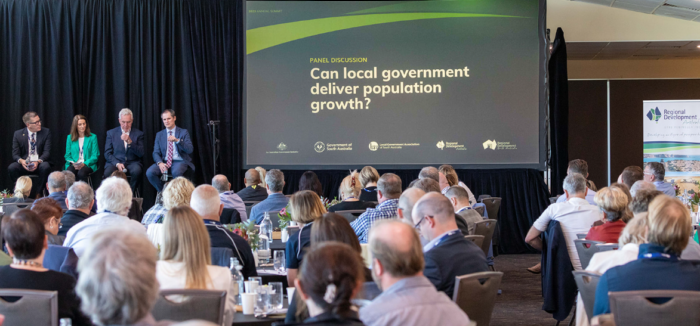
Population and Prosperity
Regional Population Growth for South Australia – making it happen
Part 2 of the RDSA 2023 Annual Summit examined the new Commonwealth Regional Investment Framework, looked at the viability of local government in regional growth, reviewed a case study for successful population growth, and introduced the first panel conversation of the day.

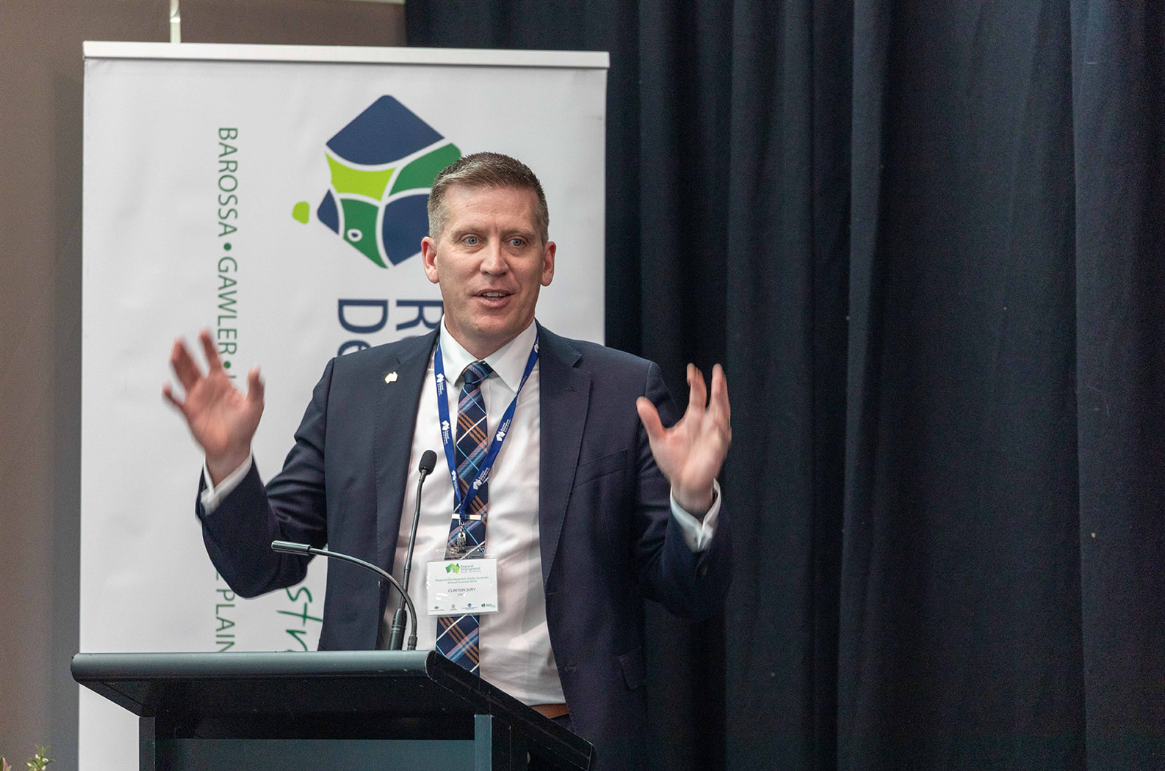
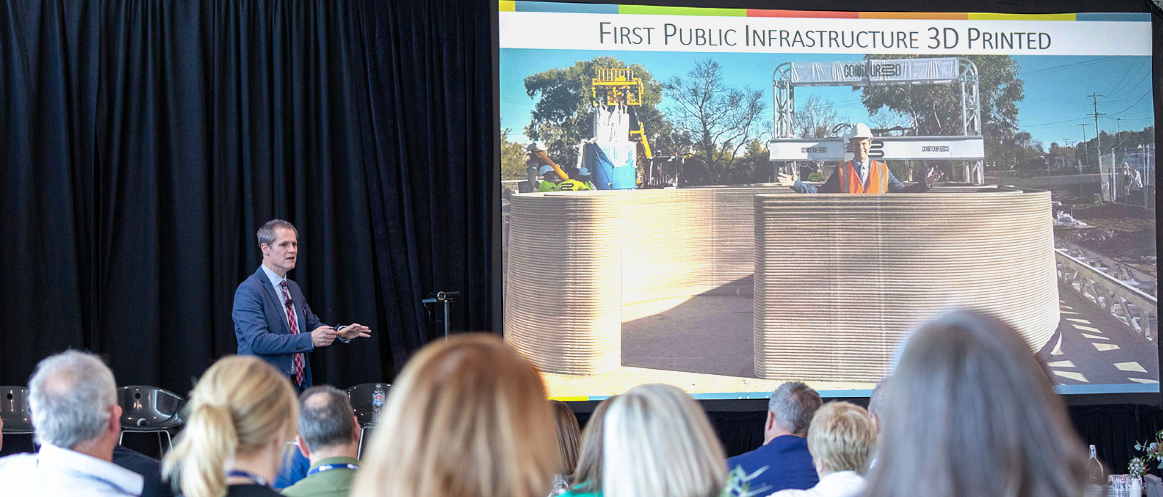
Commonwealth Regional Investment Framework
Sarah Nattey – Assistant Secretary, Local Government, Regional Intelligence and Data Branch, Department of Infrastructure, Transport, Regional Development, Communications and the Arts
Sarah’s presentation reflected on the past year and highlighted the extensive work her department engages in, spanning over 540 local government areas and 53 RDAs across Australia, emphasising the vital role RDAs play in connecting local government and industry leaders, fostering collaboration, and driving regional economic development.
She discussed the government’s new Regional Investment Framework, which focuses on tailored investments, responsive to the diverse circumstances and priorities of each region. This framework underscores the need for coordinated efforts across various sectors, from healthcare to infrastructure, to ensure thriving regional communities and economies.
Her speech also highlighted the revised RDA Charter, emphasising its role in supporting the framework’s goals and encouraging local input.
RDA committees play a central role in shaping and delivering outcomes across Regional Australia including supporting sustainable populations. In many ways you’re the eyes and ears helping the government get it right for local communities. You’re providing the local insights and cultivate the connections necessary to help design and deliver outcomes.
Sarah Nattey
Sarah praised the summit’s theme, “unlocking the potential of South Australia’s regions for population growth,” acknowledging the importance of attracting people and businesses to these areas. The government’s investment in Regional grants programs, such as the Growing Regions program and Regional Precincts and Partnerships program, was outlined to enhance liveability and support communities.
Workforce and housing challenges were also addressed along with the role of RDAs playing facilitative roles in finding solutions. Initiatives like the Riverland Agricultural Workforce Program were highlighted as successful examples of addressing regional skill shortages.
Sarah expressed her commitment to supporting RDAs and encouraged ongoing communication and partnership between RDAs and the government to seize opportunities for sustainable futures in regional communities.
Regional growth and the viability of local government
Clinton Jury – CEO Local Government Association (SA)
The CEO of the Local Government Association highlighted the essential role of local government in shaping communities and delivering services, emphasising they are the most visible level of government where people seek information and support, and play a crucial role in decision-making, service delivery, and representing community interests.
Local government, nationally, collects about 3% of the taxation revenue, however we’re delivering 25-26% of the services in our community, so it’s a really, really good bang for buck for our communities.
Clinton Jury
He noted that population growth and local government are closely linked. As the population grows, it leads to increased production, demand, and a more diverse economy which, in turn, results in improved services, more diverse employment opportunities, and better liveability.
He also discussed the challenges related to infrastructure needs, affordability of housing, and managing growth effectively, as local governments rely heavily on grant funding, with approximately 40% of councils depending on grants for more than 50% of their revenue.
The importance of considering the interconnectivity of various government plans and how they impact local communities was stressed, as coordination between federal, state, and local governments is vital to ensure effective planning and development that benefits communities.
A regional growth success story – Dubbo
Mathew Dickerson – Mayor, Dubbo Regional Council, Chair – Regional Cities NSW, Secretary – Regional Capitals of Australia
Mayor of Dubbo, Mathew Dickerson, touched on various topics related to regional development beginning with misquotes in movies, to emphasise the importance of accuracy. He then segued into the topic of the “build it and they will come” strategy, highlighting its inaccuracy and questioning its effectiveness.
Mathew argued that the main impediment to regional growth is the ignorance of city dwellers about what regional areas have to offer. He stressed that this ignorance is not a matter of intelligence but rather a lack of awareness, with many people mistakenly assuming that everyone in regional areas is a farmer and that the regional areas lack retail and other services. A misconception that needs to be addressed.
To bridge the gap between city and regional dwellers, Mayor Dickerson discussed a marketing campaign called “Evocities” that promoted regional areas as attractive places to live and work. The campaign focused on the pain points of city living, such as congestion and housing costs, to attract people to regional areas.
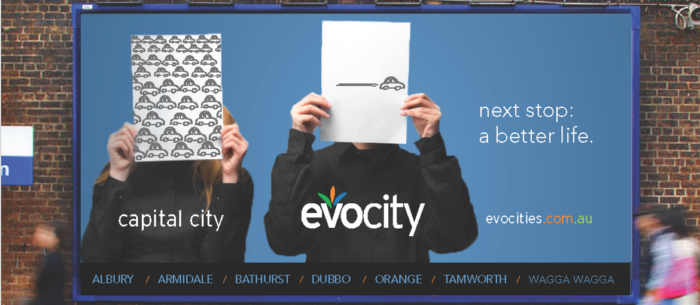
The impact of the COVID-19 pandemic was also discussed and how it led to an increase in people moving to regional areas as remote work became more common. However, he noted that housing shortages became a challenge, prompting innovative solutions like 3D-printed houses, then showed an image of a 3D-printed toilet block in Dubbo – Australia’s first 3D-printed public infrastructure – as proof of concept.
Mathew’s overall message was to emphasise the importance of promoting regional areas in a way that dispels common misconceptions, while providing practical solutions to attract individuals and families to regional cities.
Facilitated panel discussion + Q&A
Can local government deliver population growth?
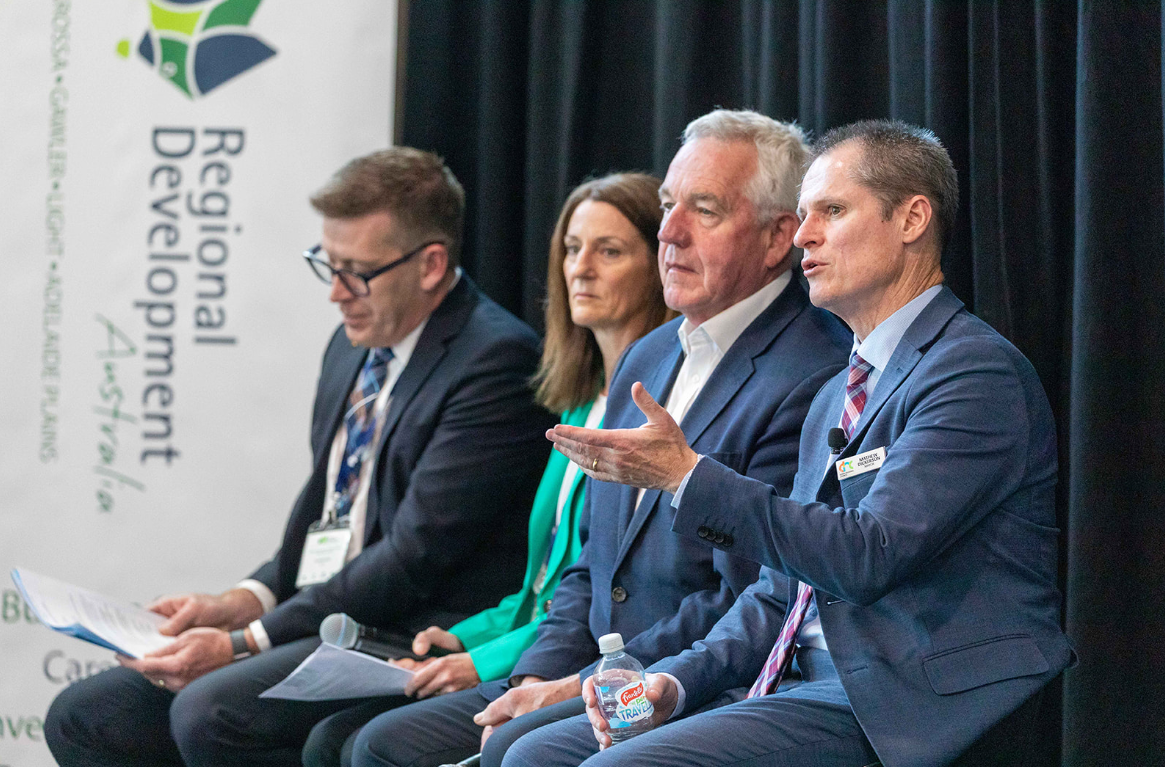
In this session, the key talking points revolved around managing growth, addressing infrastructure challenges, fostering collaboration, and ensuring economic diversification while considering the demographic shifts and community engagement in these evolving areas.
Infrastructure Challenges in Growing Regions:
Andrew (CEO, Mount Barker District Council) and Kristen (General Manager Community Development, Rural City of Murray Bridge) both discussed the infrastructure challenges faced by their growing regions due to rapid population growth.
Both councils emphasised the need for collaboration with developers and government agencies to address infrastructure needs.
Mixed Reactions to Housing Development:
Andrew and Kristen noted that the rapid housing development in their areas has generated mixed reactions among residents. Government responsiveness to these challenges was a point of discussion in both regions.
Importance of Collaboration and Partnerships:
Clinton and Mathew highlighted the significance of building strong relationships and partnerships between local governments, developers, and businesses for successful growth. Collaboration and positive messaging were seen as vital tools for encouraging population growth.
Economic Diversification:
Kristen emphasised the importance of economic diversification beyond specific industries, such as Thomas Foods, to support sustained growth.
Mathew also discussed the need for economic diversity and noted that Dubbo’s growth was influenced by multiple factors.
Migration and Demographics:
Mathew discussed the role of migration in Dubbo’s growth, with an emphasis on people moving from Sydney.
Andrew and Kristen acknowledged the role of migration in their regions as well.
Challenges in Regional Areas:
The shortage of tradespeople and its impact on housing development was discussed in both Dubbo and Murray Bridge.
Employment land development challenges were highlighted in Mount Barker, given its hilly terrain.
Community Engagement and Liveability:
All regions emphasised the importance of community engagement, liveability, and positive messaging in attracting and retaining residents. The creation of a strong sense of community was a common goal.
Government Role in Supporting Growth:
The role of state and federal governments in supporting infrastructure development and growth initiatives was mentioned by several panellists, including funding for infrastructure, legislative reforms, improved transport connectivity, economic development incentives, skills training, disaster recovery aid, and collaborative planning to facilitate sustainable growth and address unique challenges.
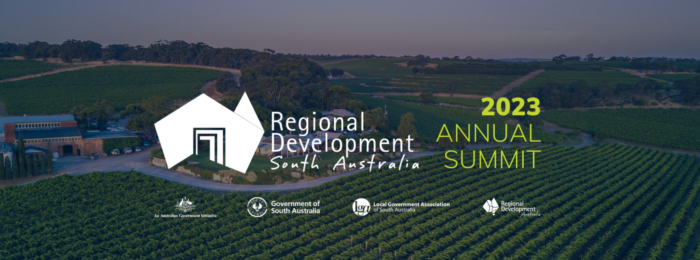
including photos, videos and speaker presentations.
